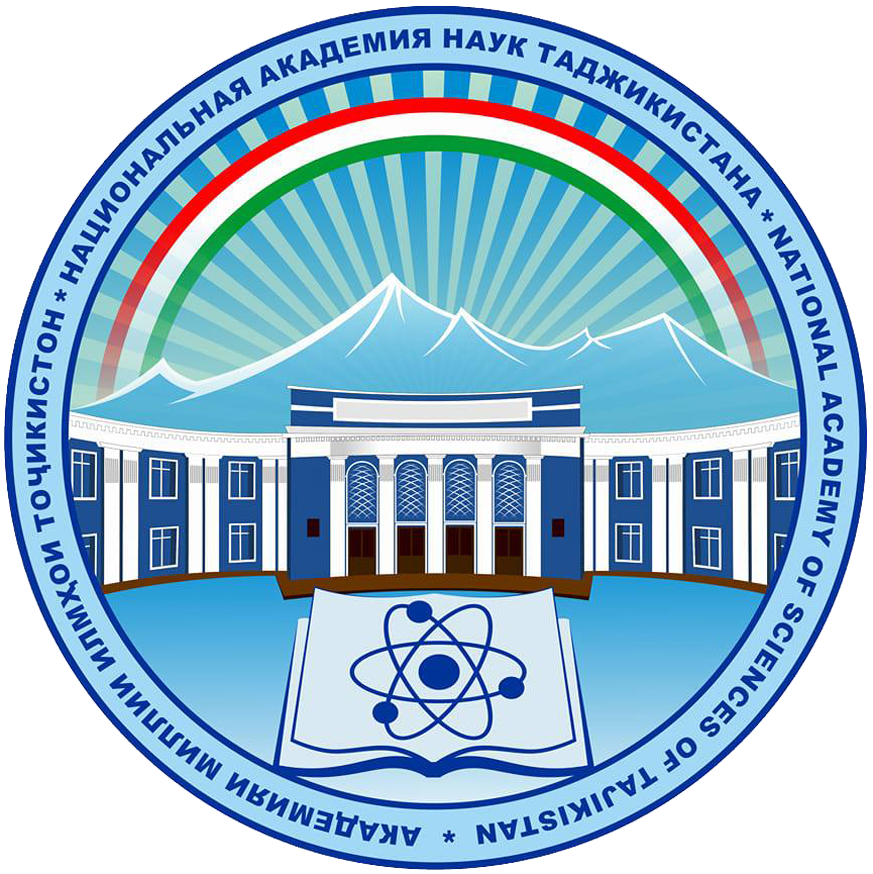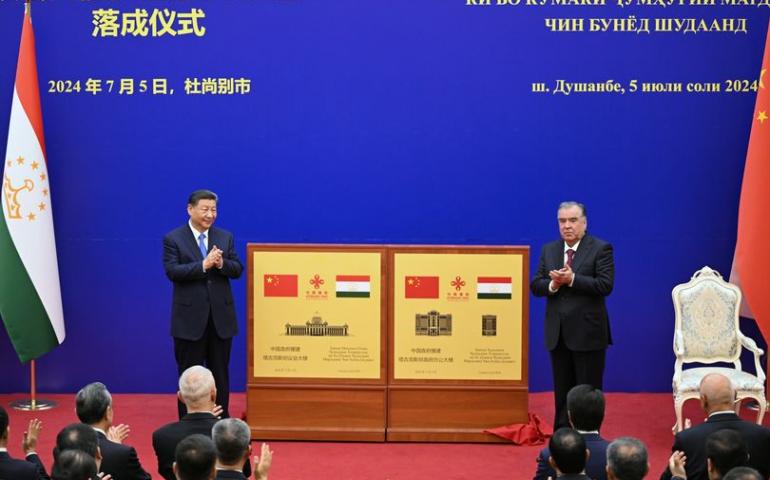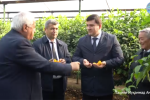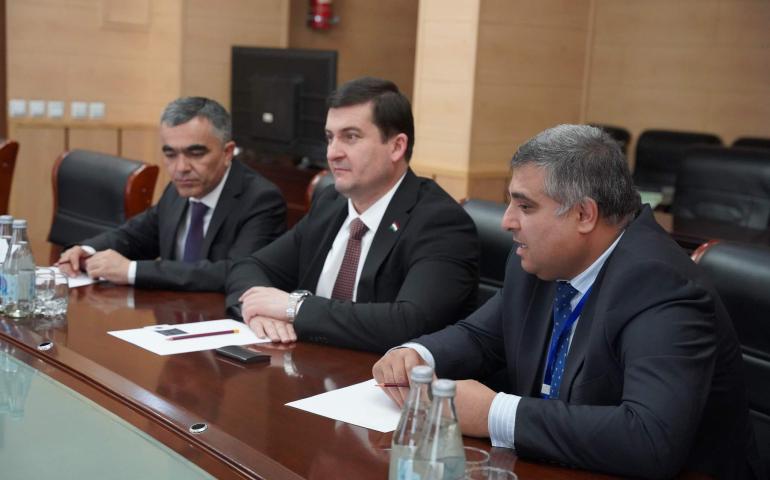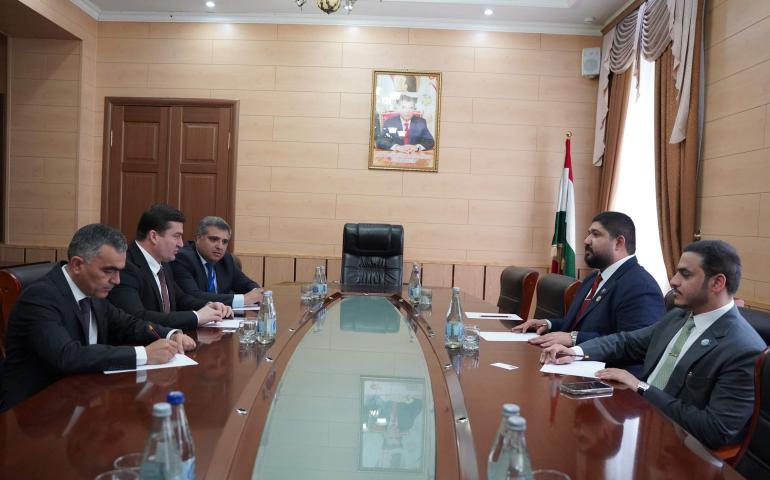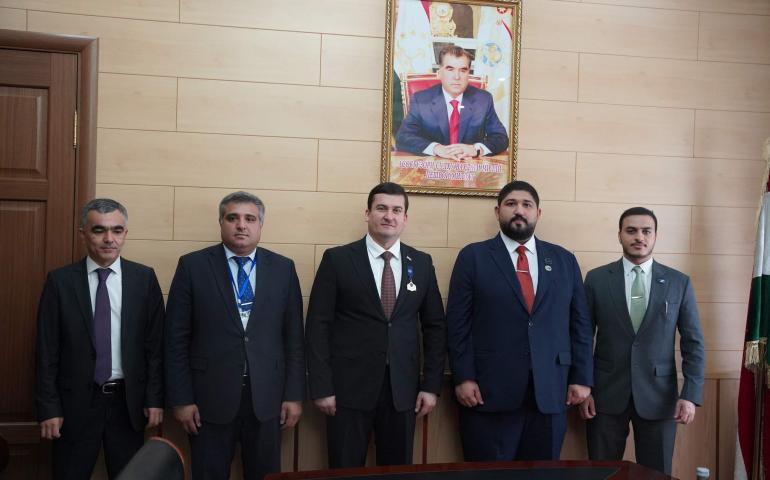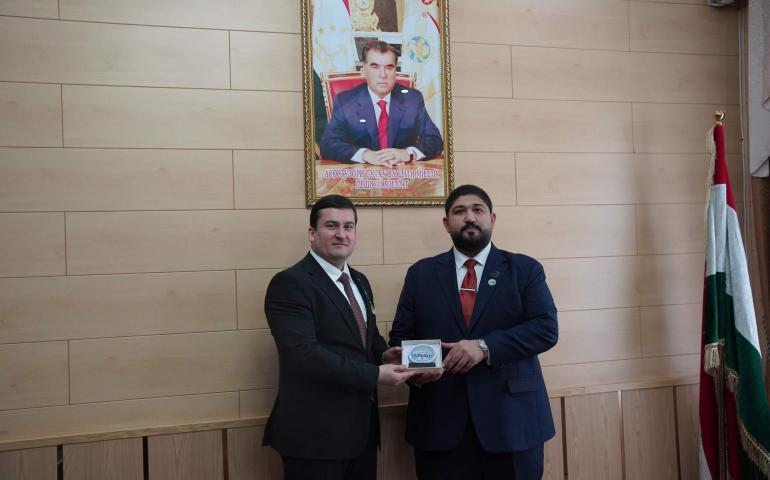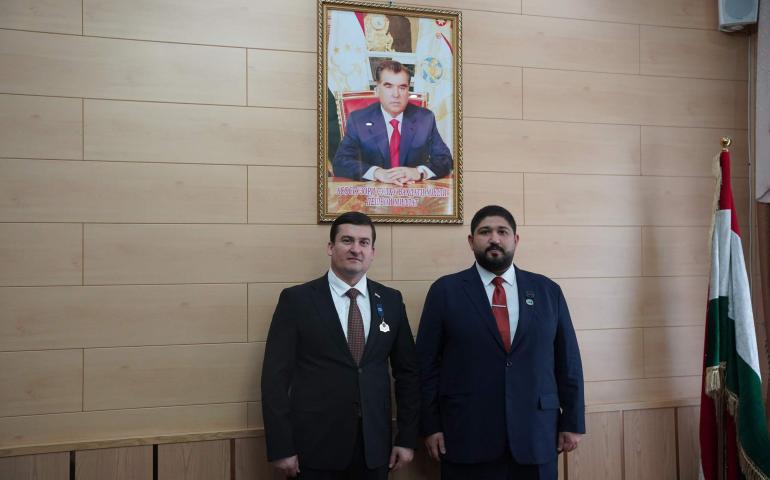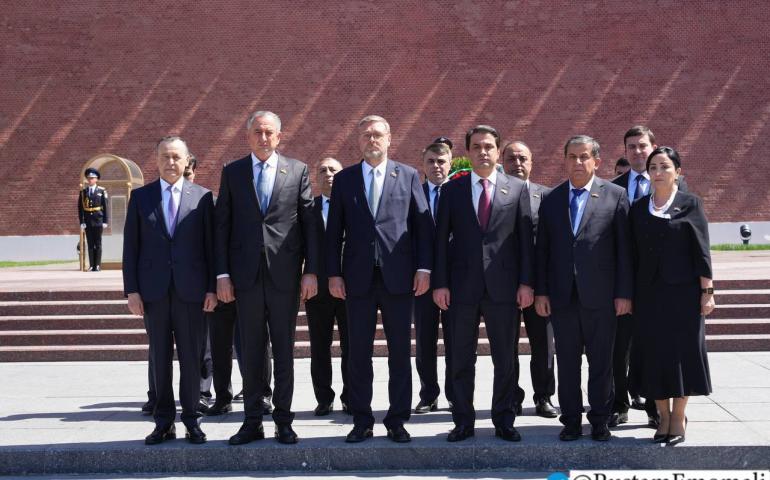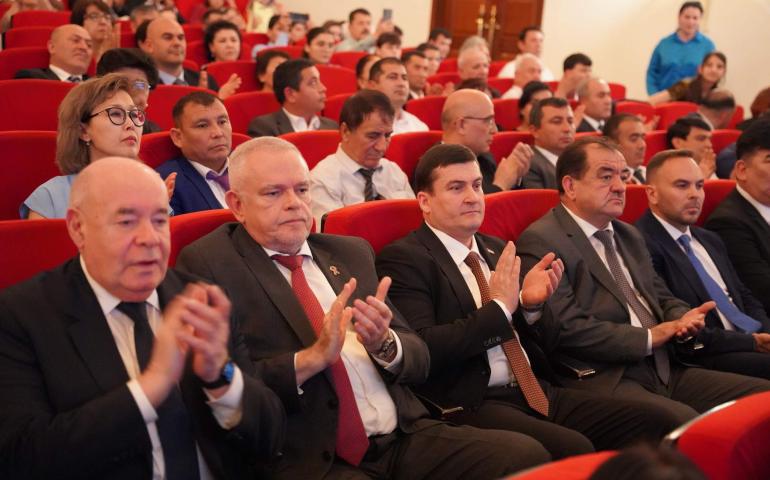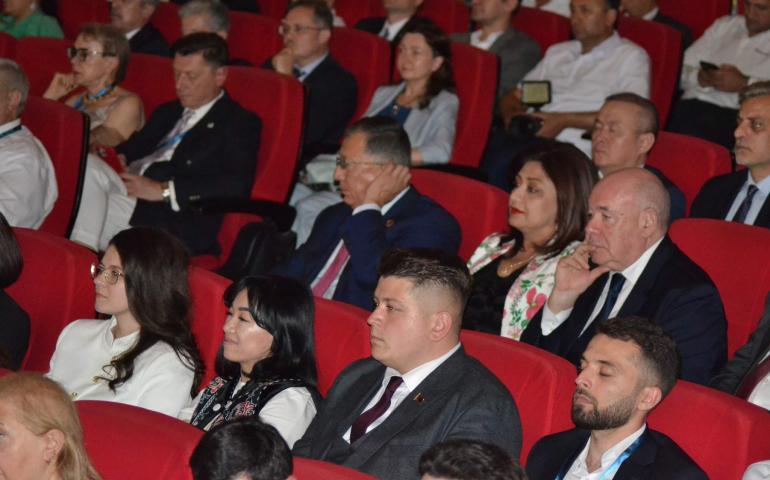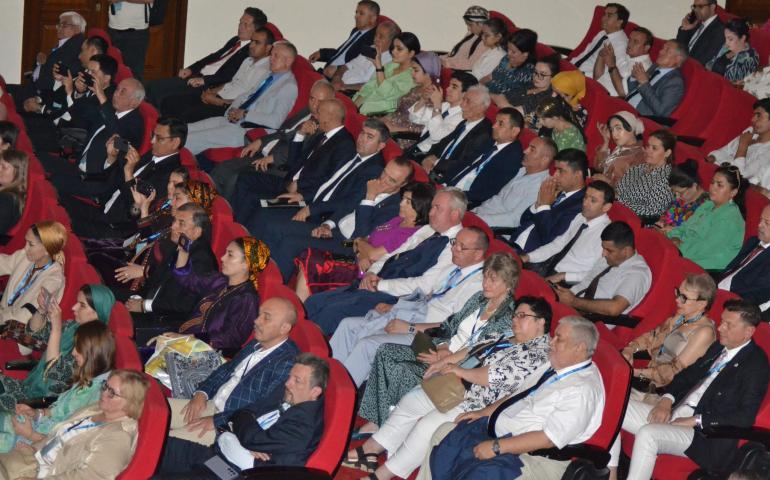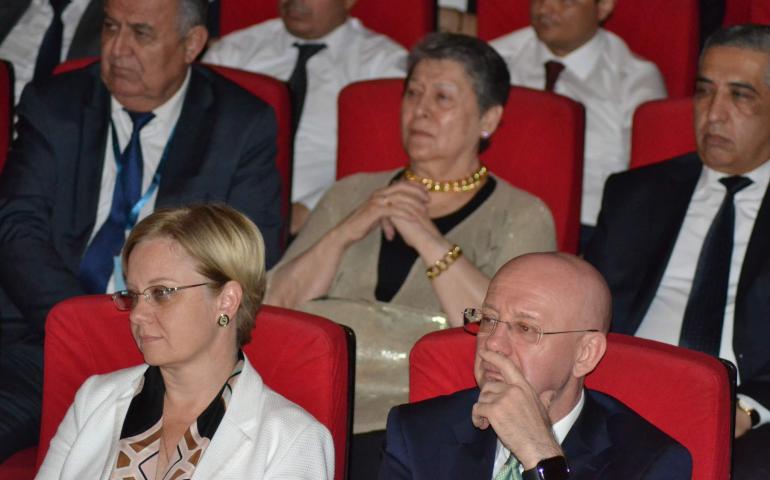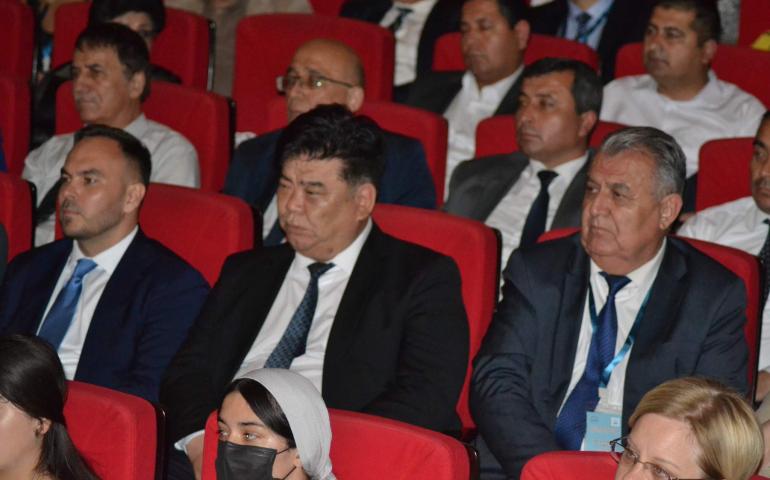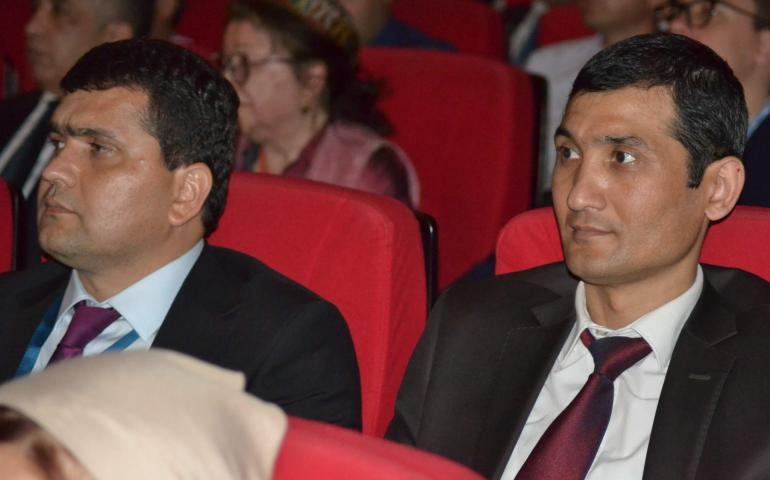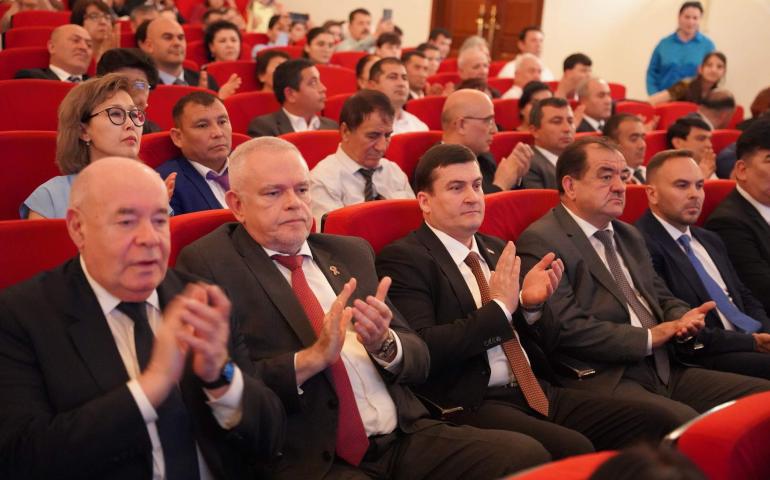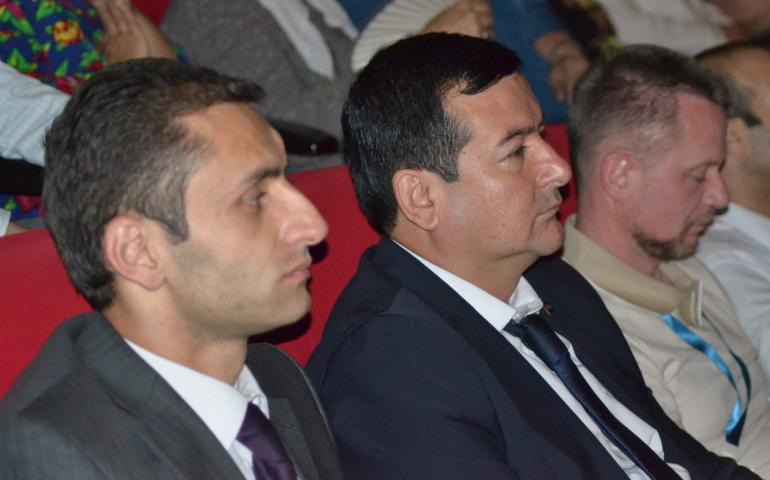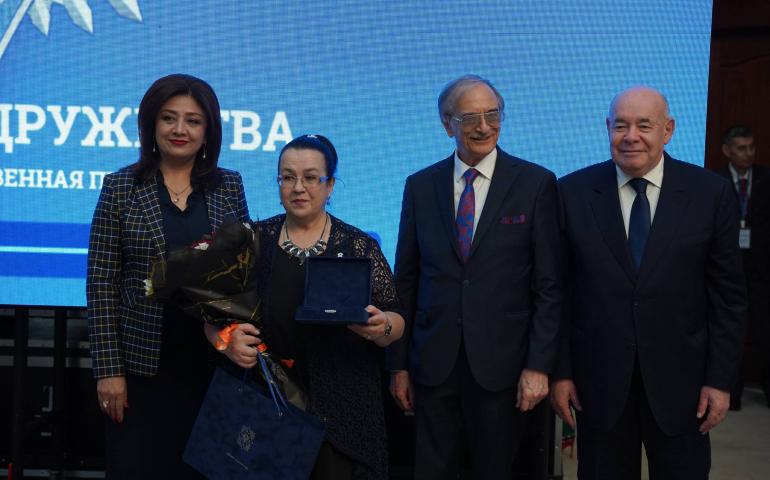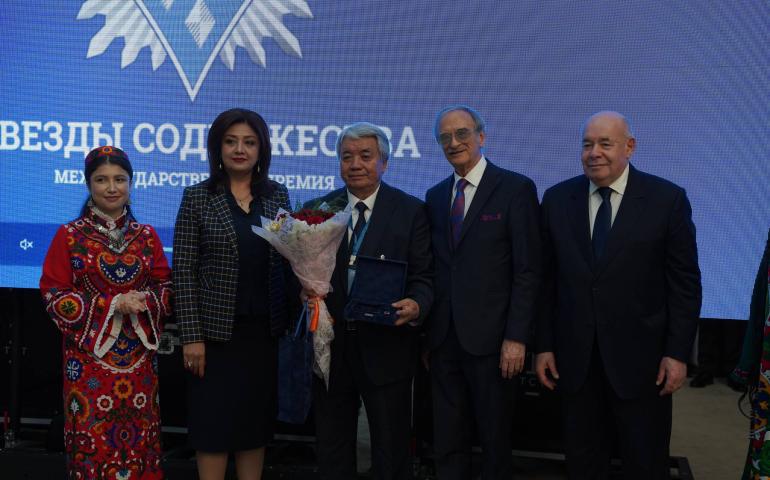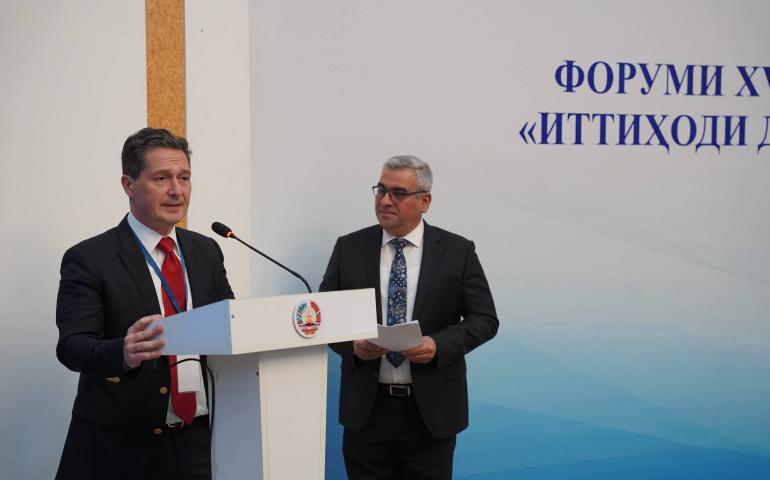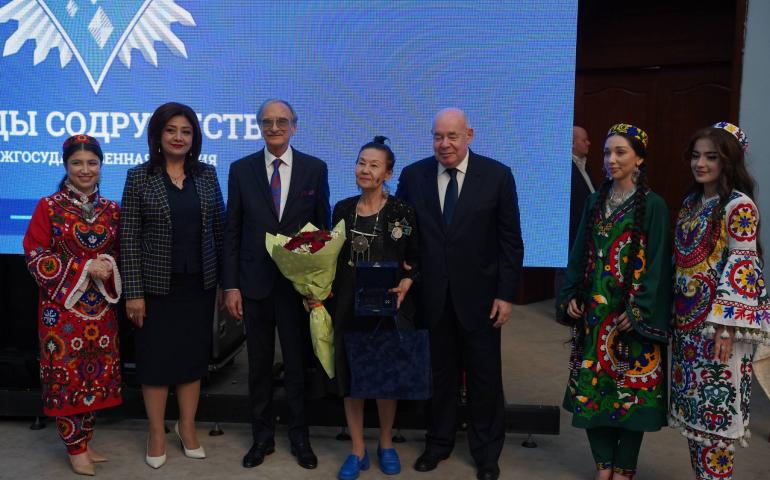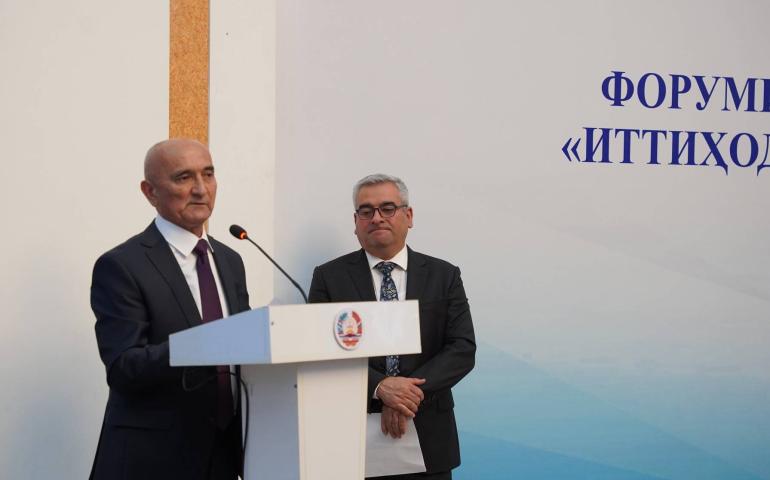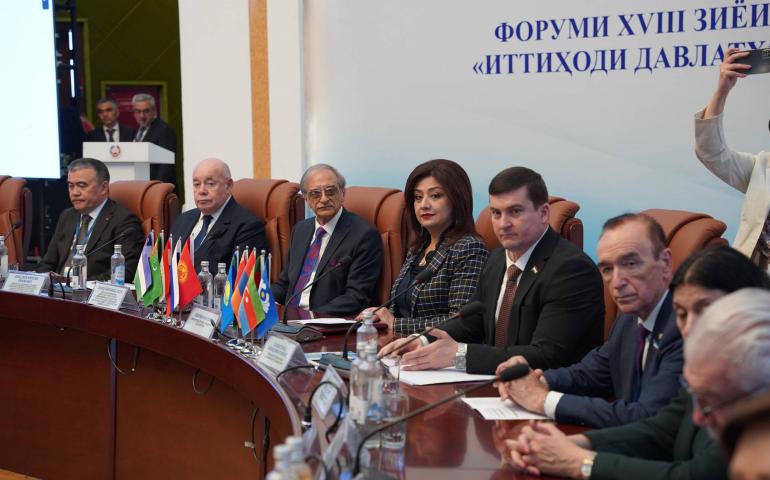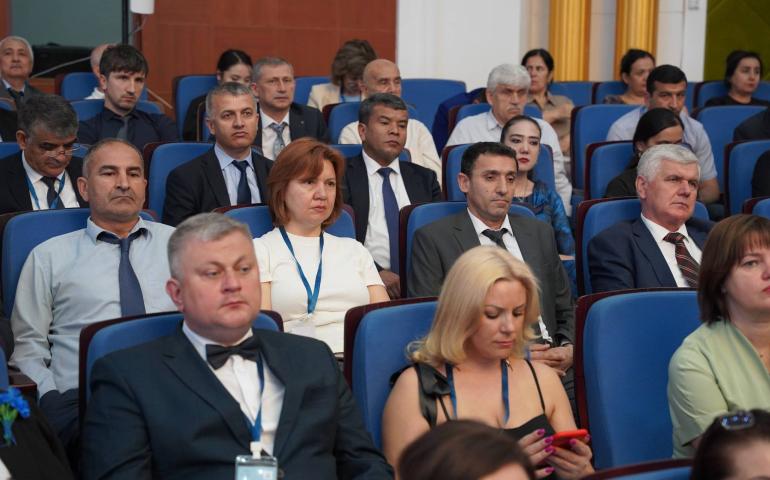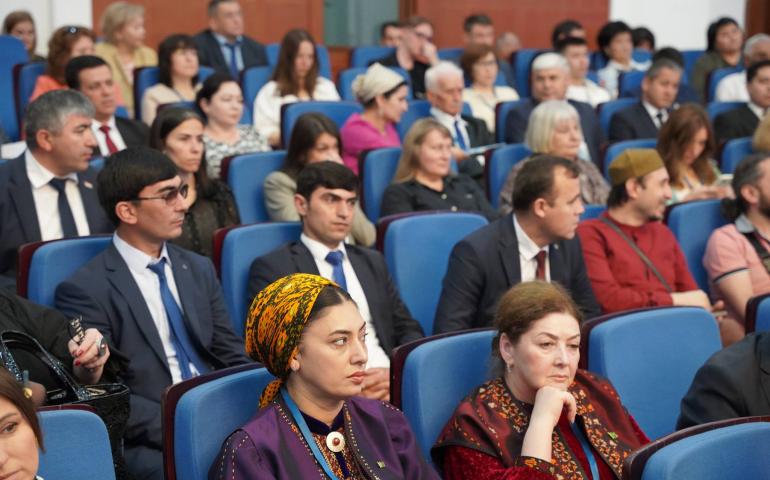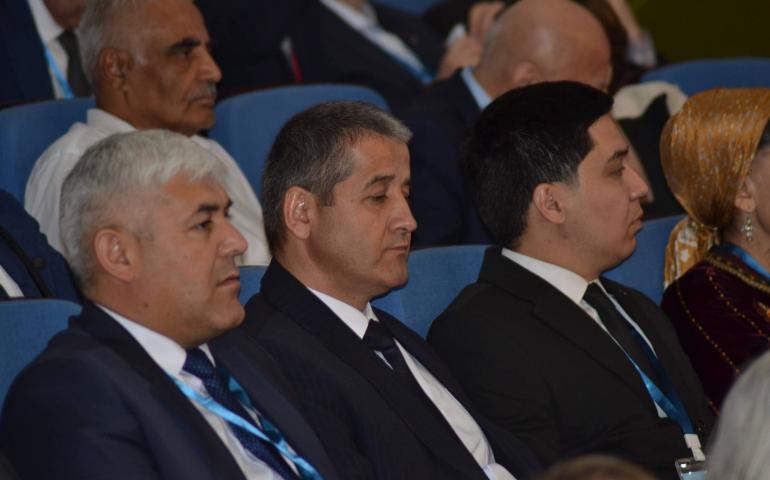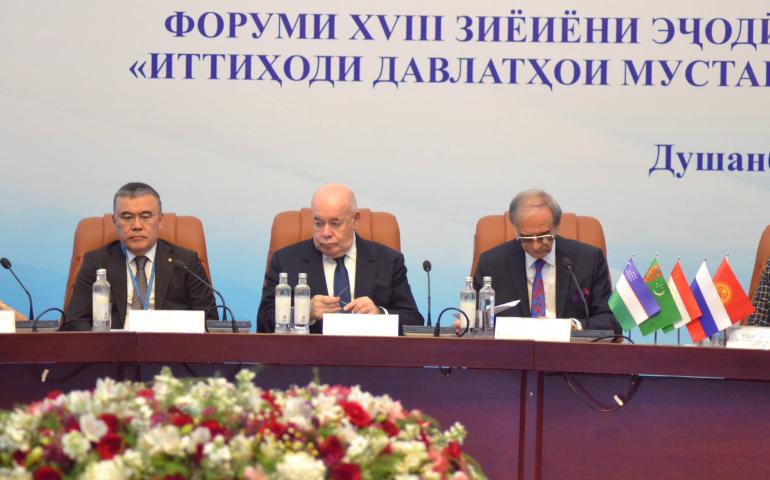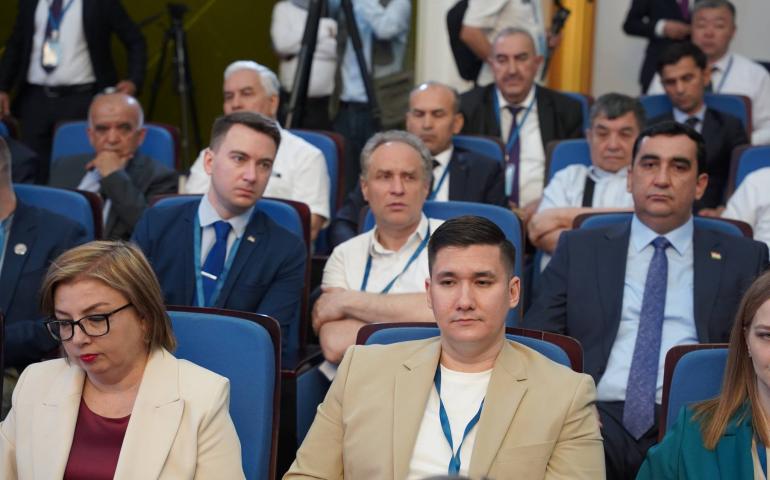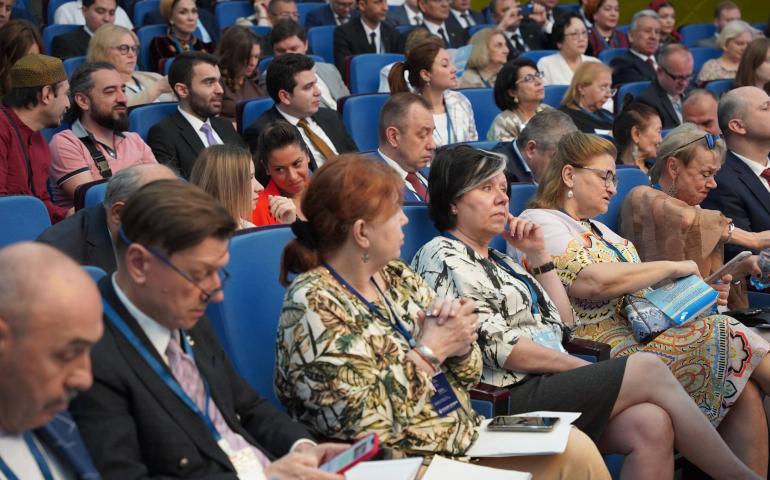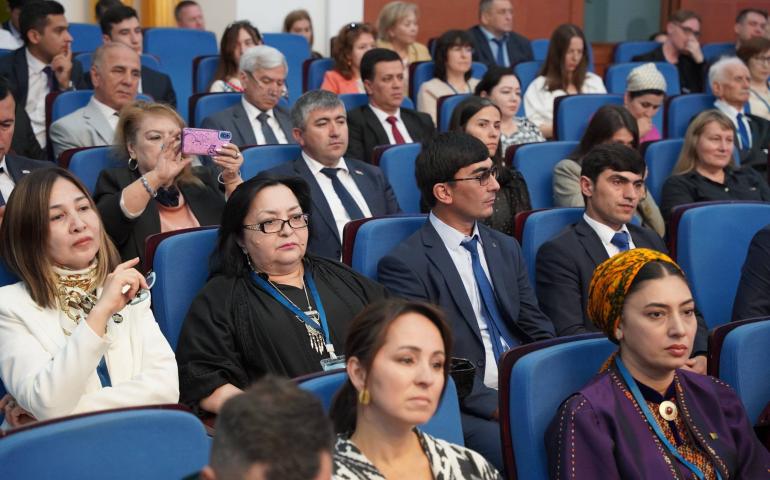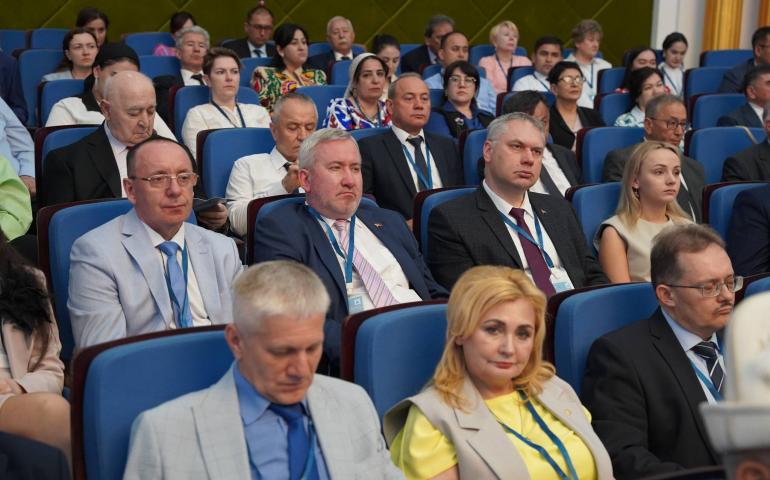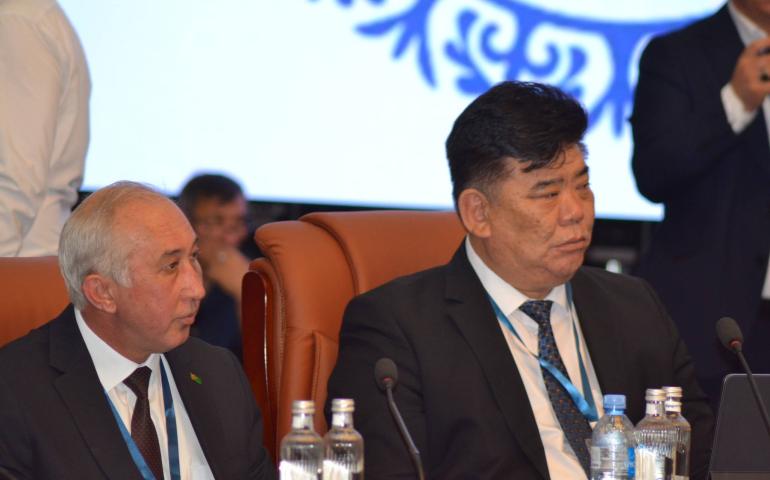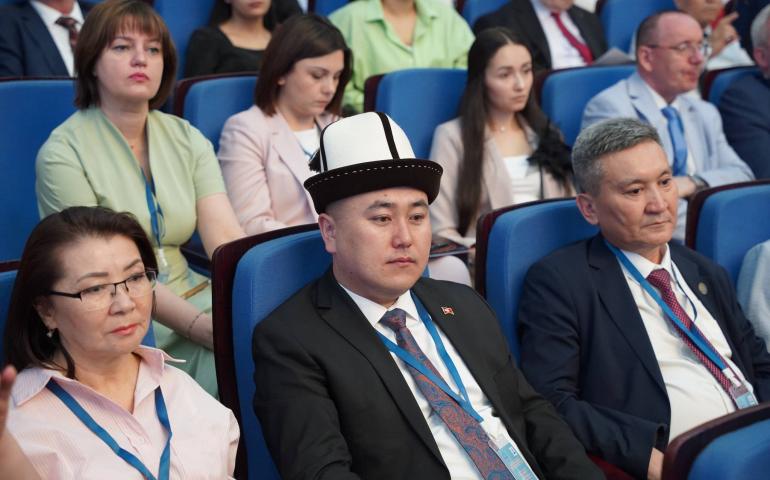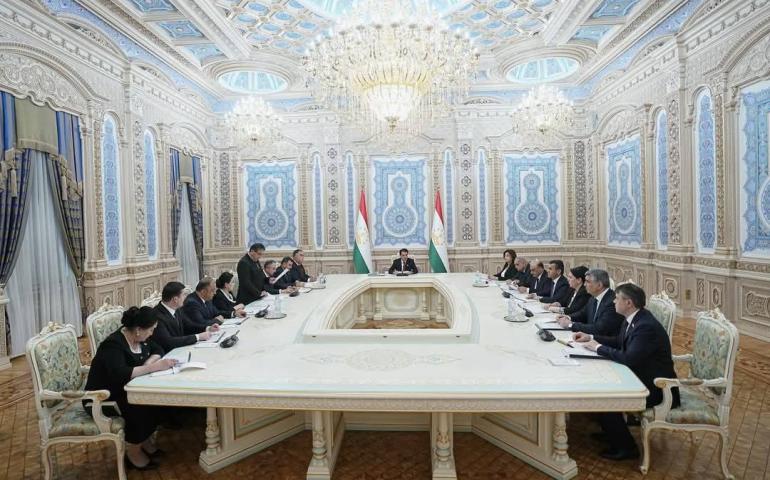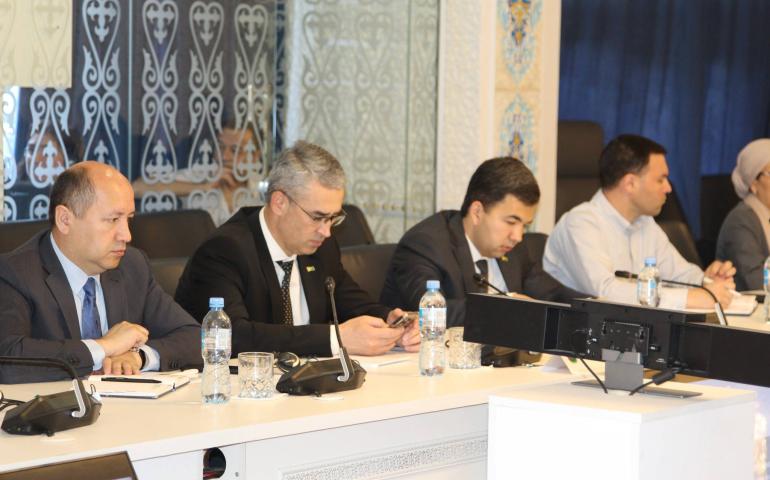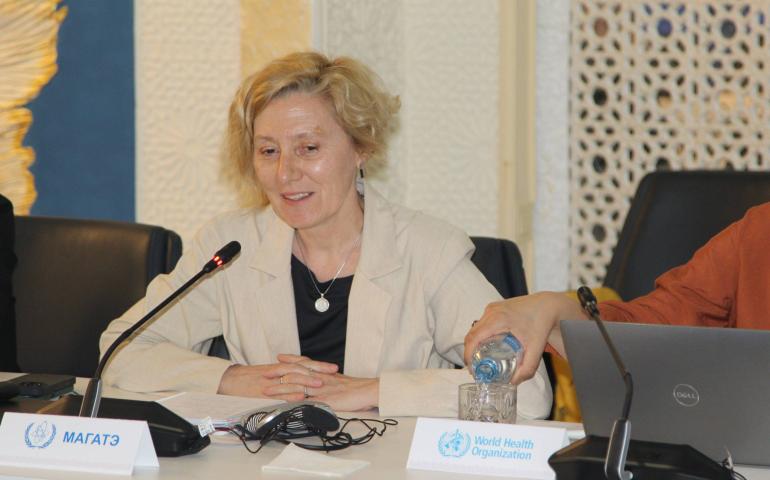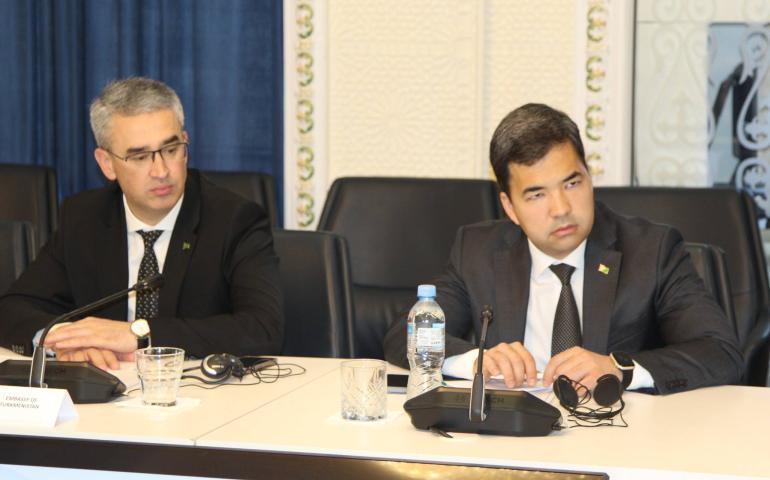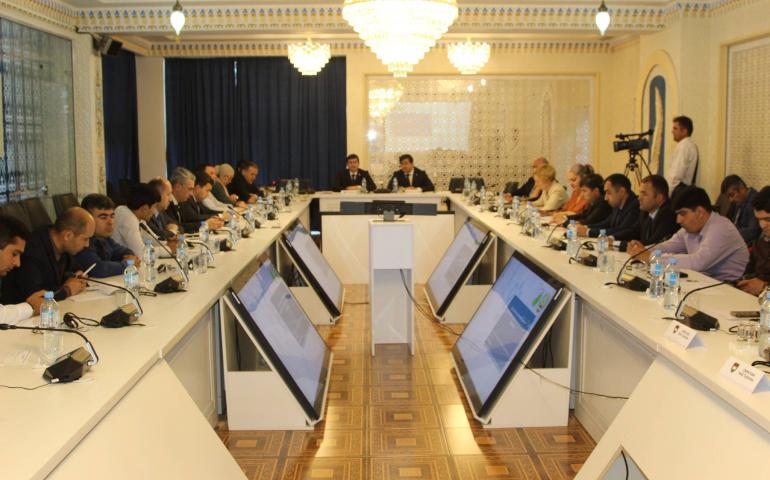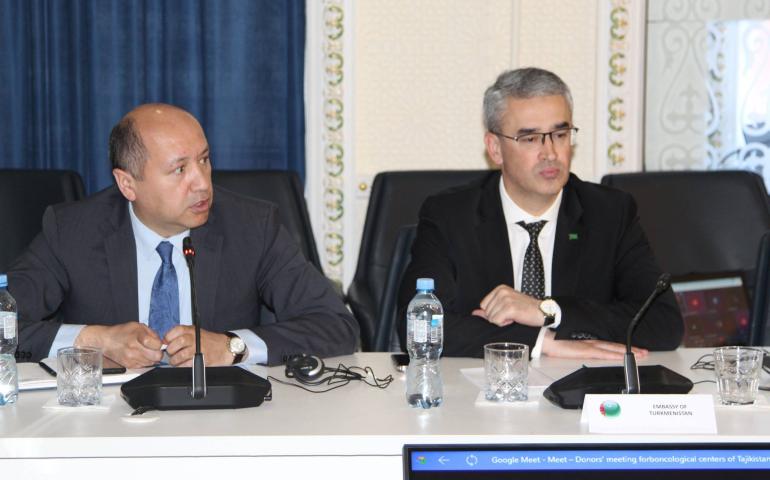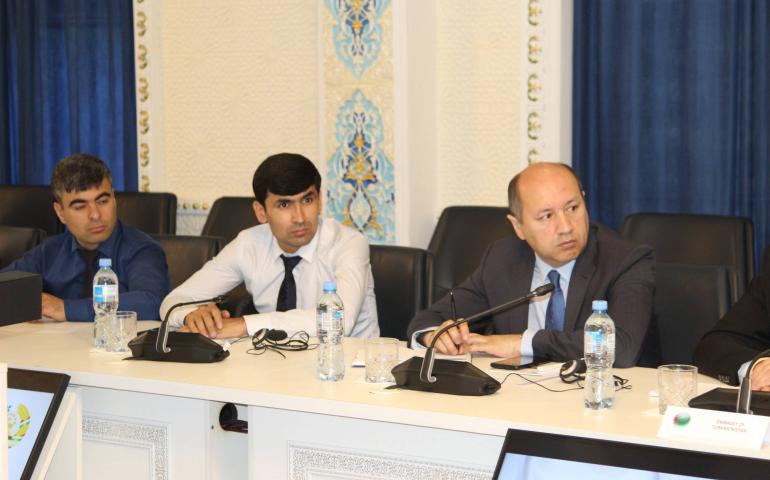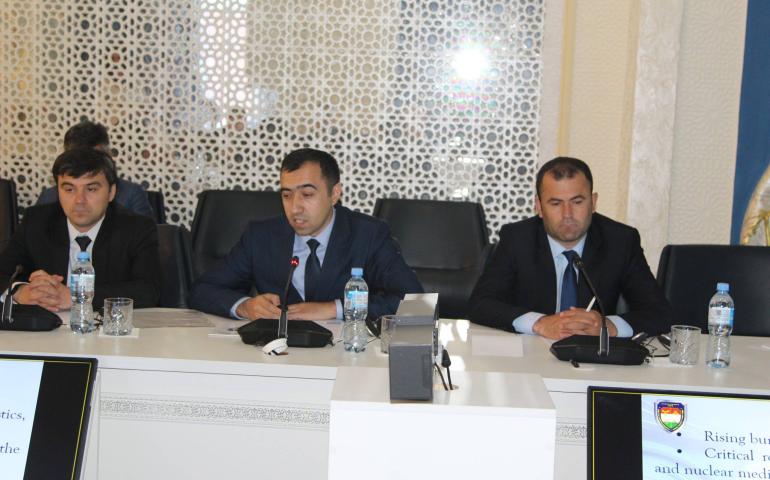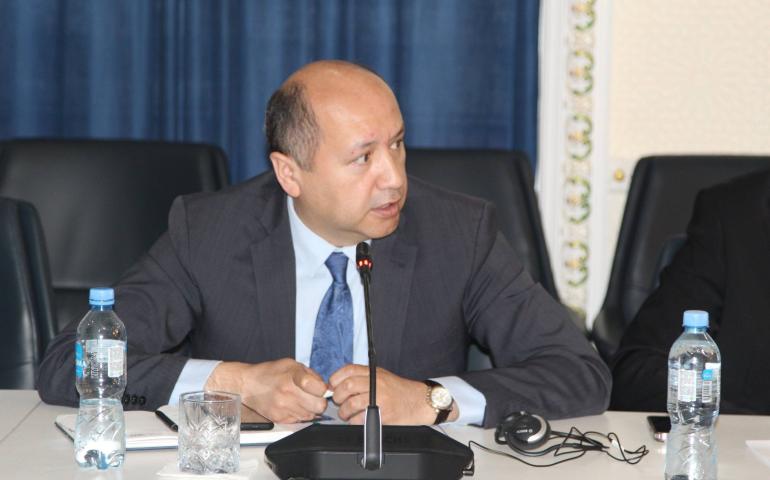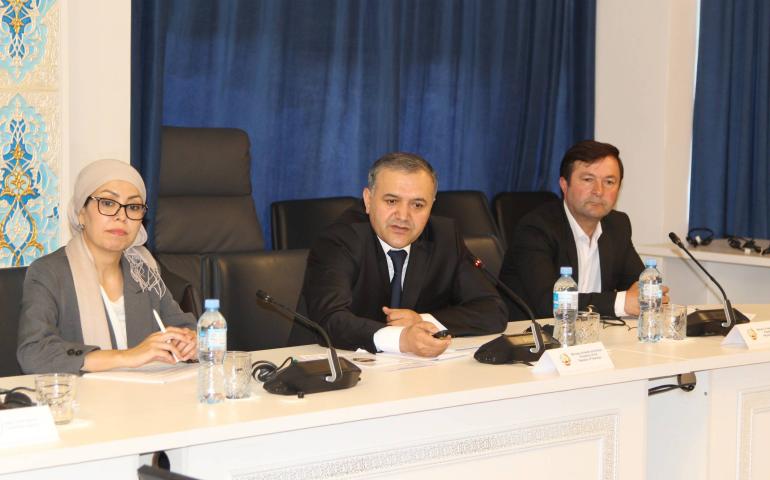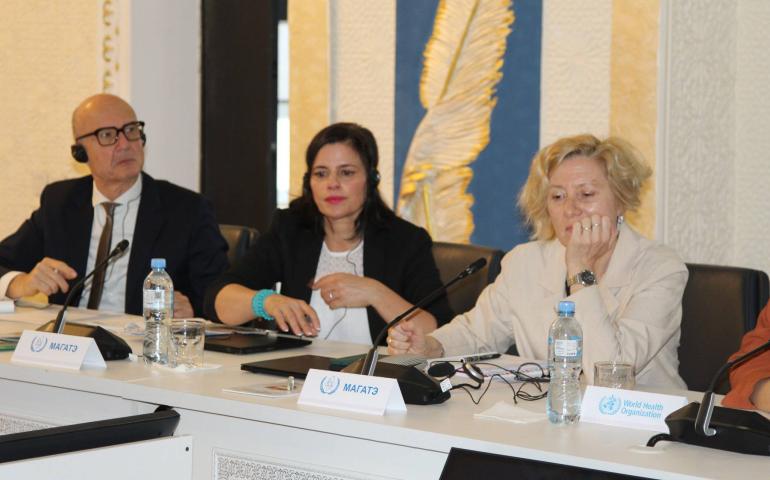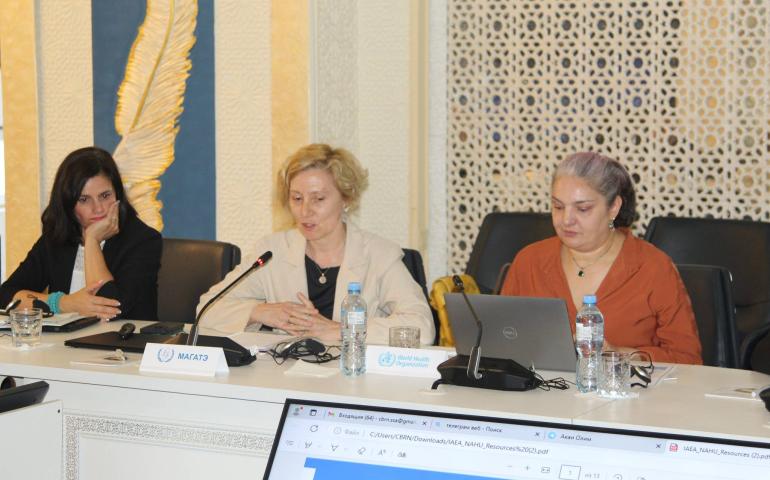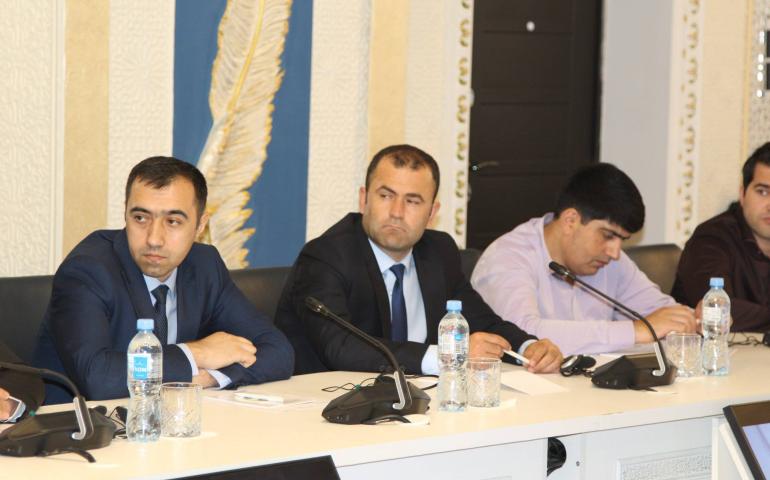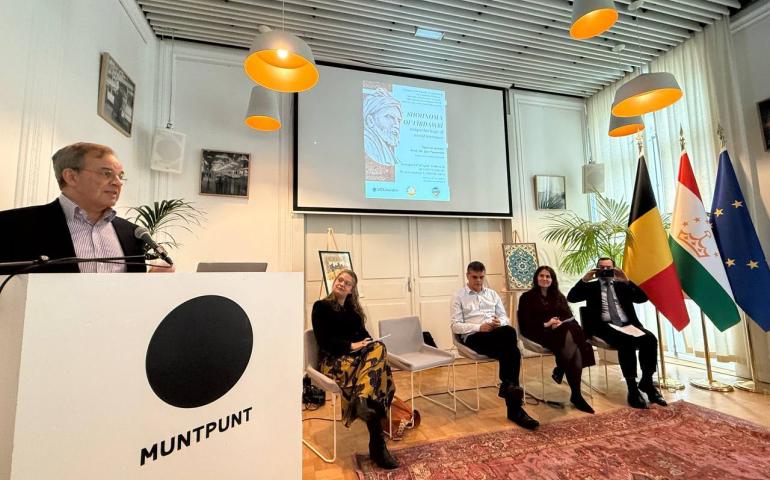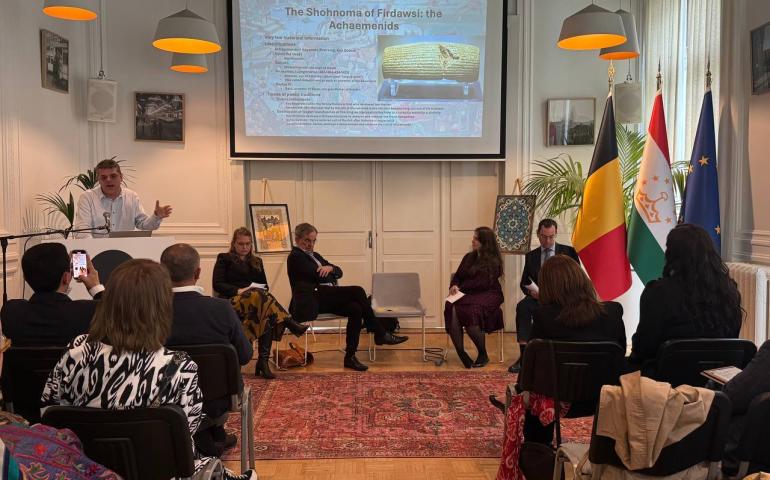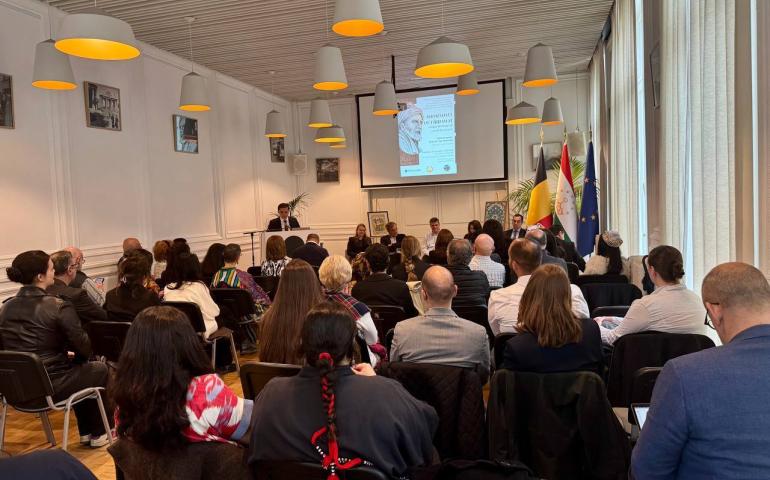The Republic of Tajikistan and the People's Republic of China to establish a fruitful relationship that significantly impacts regional development and stability. This alliance, rooted in deep historical ties and mutual strategic interests, has evolved to encompass economic partnerships, security collaboration, and cultural exchanges, each weaving a tighter bond between the two nations.
Economic exchanges form the cornerstone of this relationship, with China emerging as one of Tajikistan's largest foreign investors. Significant undertakings like the construction of the Dushanbe Thermal Power Plant-2 and the Vakhdat-Yavan railway tunnel attribute to a strategic effort in boosting Tajikistan’s infrastructure, thereby enhancing the country's economic landscape and living standards. These projects are complemented by Chinese investments in industries such as construction, textiles, and agriculture, creating job opportunities for Tajik citizens and boosting local economies.
Another important aspect of this partnership is Tajikistan's involvement in China's ambitious Belt and Road Initiative (BRI), which seeks to improve trade routes and stimulate economic growth across Asia and beyond. Tajikistan's strategic location offers a transit route, enhancing its geopolitical stature and fostering economic interdependence among BRI participant countries. This includes infrastructure projects like new governmental buildings and trade corridors that deepen economic ties and regional connectivity.
The collaboration extends beyond economics into security, as both nations prioritize regional stability. This security cooperation not only enhances Tajik forces but also contributes to the peace and stability of the entire Central Asian region.
Strengthening cultural and educational ties also plays a vital role in this partnership. Numerous Tajik students benefit from scholarships to study in Chinese universities, gaining skills beneficial for national development. Additionally, cultural exchanges and language programs foster mutual understanding and respect, enriching the social fabric of both nations.
Looking towards the future, the partnership is poised for expansion into more sustainable and technologically driven initiatives. Prospective projects focusing on green energy and modern agricultural techniques illustrate the shared vision for a forward-thinking partnership. Enhanced connectivity through digital innovations in trade routes and improved community engagement strategies will further solidify the bonds between Tajikistan and China.
The trajectory of Tajikistan-China relations illustrates not just the ambitions of two neighboring countries but also the potential of transformative partnerships to foster global goodwill and shared progress. Through continuous refinement and mutual respect, this partnership can serve as a beacon of international cooperation, contributing significantly to regional stability and prosperity.
The journey of collaboration is evolving, with both nations exploring new areas to fortify their relationship while emphasizing sustainable growth and mutual benefits. The future promises not only enhanced prosperity for Tajikistan and China but also a strengthened model of international partnership that other nations might aspire to.
As the partnership matures, the focus will increasingly shift towards integrating modern technologies and sustainable practices into the fabric of this cooperation. Potential collaborations in renewable energy projects, such as solar and wind power, may come to the forefront, leveraging Tajikistan's natural resources and China’s technological prowess. These initiatives not only promise to reduce carbon footprints but also to foster energy independence and sustainability for Tajikistan, aligning with global environmental goals.
Further enhancing the relationship, digital infrastructure improvements are crucial. The implementation of smart technologies in trade and transportation could revolutionize how goods and services move between the two countries and beyond, making processes more efficient and secure. This digital shift would not only strengthen the economic aspects of the partnership but also enhance security measures, providing more robust safeguards against common regional threats like smuggling and terrorism.
An area requiring vigilant attention is the balance of benefits in this bilateral relation. Ensuring that these extensive cooperative efforts lead to tangible improvements in the lives of Tajik citizens is crucial. Public infrastructure projects, technology transfers, and educational initiatives must be executed in ways that directly benefit local communities, thereby solidifying the foundation of mutual respect and cooperation that this partnership is built upon.
Moreover, cultural diplomacy will continue to play an essential role in enriching this bilateral relationship. Increased cultural exchanges, joint art and educational projects, and deeper people-to-people connections would help mitigate any sense of alienation or imbalance. Such initiatives can serve to enhance understanding and appreciation between the populations of both nations, creating a resilient bond that complements economic and security collaborations.
As we navigate the complexities of this evolving partnership, challenges such as political influence, economic dependence, and cultural integration need careful handling. Transparency in projects and initiatives, balanced economic policies, and inclusive growth are essential to maintaining a healthy, sustainable partnership that truly benefits both parties.
In conclusion, the ongoing journey of collaboration between Tajikistan and China holds vast potential for both countries. By continuing to focus on shared strategic goals, respecting each nation’s sovereignty, and embracing opportunities for modernization and cultural exchange, this partnership can transcend traditional bounds of international cooperation. It embodies a comprehensive model of collaboration that could guide future alliances across the globe, fostering peace, development, and mutual understanding in an interconnected world.
Rahimov Faridun – Research Fellow, Department of Southeast Asia of Institute of Studying of problems of Asian and European Countries, National Academy of Sciences of the Tajikistan

